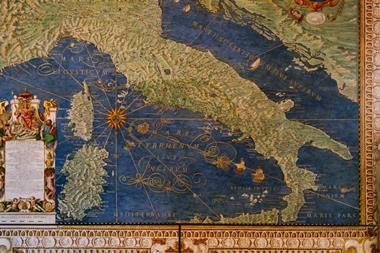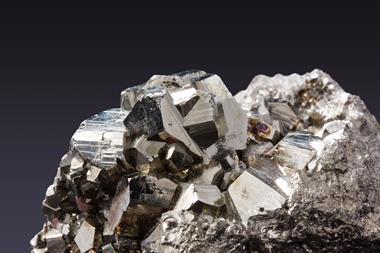The €26.5bn pension fund of Dutch bank ABN Amro gained 2% on its investment portfolio last year despite incurring losses from exposure to catastrophe bonds.
The scheme’s return-seeking portfolio delivered a 7.6% return, outperforming its benchmark 0.2 percentage points, according to the scheme’s annual report. The allocation to catastrophe bonds was the only part of this portfolio to lose money during the year.
The asset class’ loss of 2.3% was attributed to a series of severe storms as well as a large earthquake in Mexico.
The scheme started investing in catastrophe bonds in 2015. It has strategically allocated 7.5% of its return holdings to the asset class.
Dutch healthcare scheme PFZW earlier this year also reported a loss on its exposure to the asset class in 2017, while in Switzerland, where insurance-linked securities are widely used, investors have sought to diversify after also incurring losses.
Meanwhile, ABN Amro’s matching portfolio lost 2.7%, although it still outperformed its benchmark by 0.5 percentage points.
The overall result of 2% exceeded the scheme’s target by 0.4 percentage points.
The pension fund follows a dynamic investment policy, increasing its matching portfolio during periods of rising interest rates. It rebalances every quarter, using limits to prevent too many transactions.
The ABN Amro Pensioenfonds said it had increased its matching exposure from 52% to 70% last year, while reducing its return exposure from 50% to 43%.
Clarifying the figures, Mattijs Hooglander, the scheme’s temporary chief executive, said the percentages included derivatives deployed for risk hedging.
The scheme’s funding rose 8.4 percentage points to 129.2% last year, and stood at 130% at the end of May.
As a consequence, the pension fund granted all its participants and pensioners a full indexation of 1.7% last year as well as a 1.5% inflation compensation last April.
It also paid them the 0.3% indexation in arrears, which had been accrued over 2011 and 2012.
The scheme attributed higher administration costs – which rose from €161 to €185 per participant – to IT investments to make its systems futureproof. Combined costs of asset management and transactions were 0.11%.
The scheme said that a drop in the number of active participants by roughly 1,000 had been largely offset by the company’s subsidiary International Card Services joining the pension fund with 600 active members.
However, it indicated that it considered a decreasing number of active participants, combined with the need for upscaling, as a risk for the long term.
It said it wanted to counter this development by cost-cutting through outsourcing as well as more efficient acquisition.
At year-end, the pension fund had 99,050 participants in total, of whom 18,150 were employees and 26,610 were pensioners.



























No comments yet